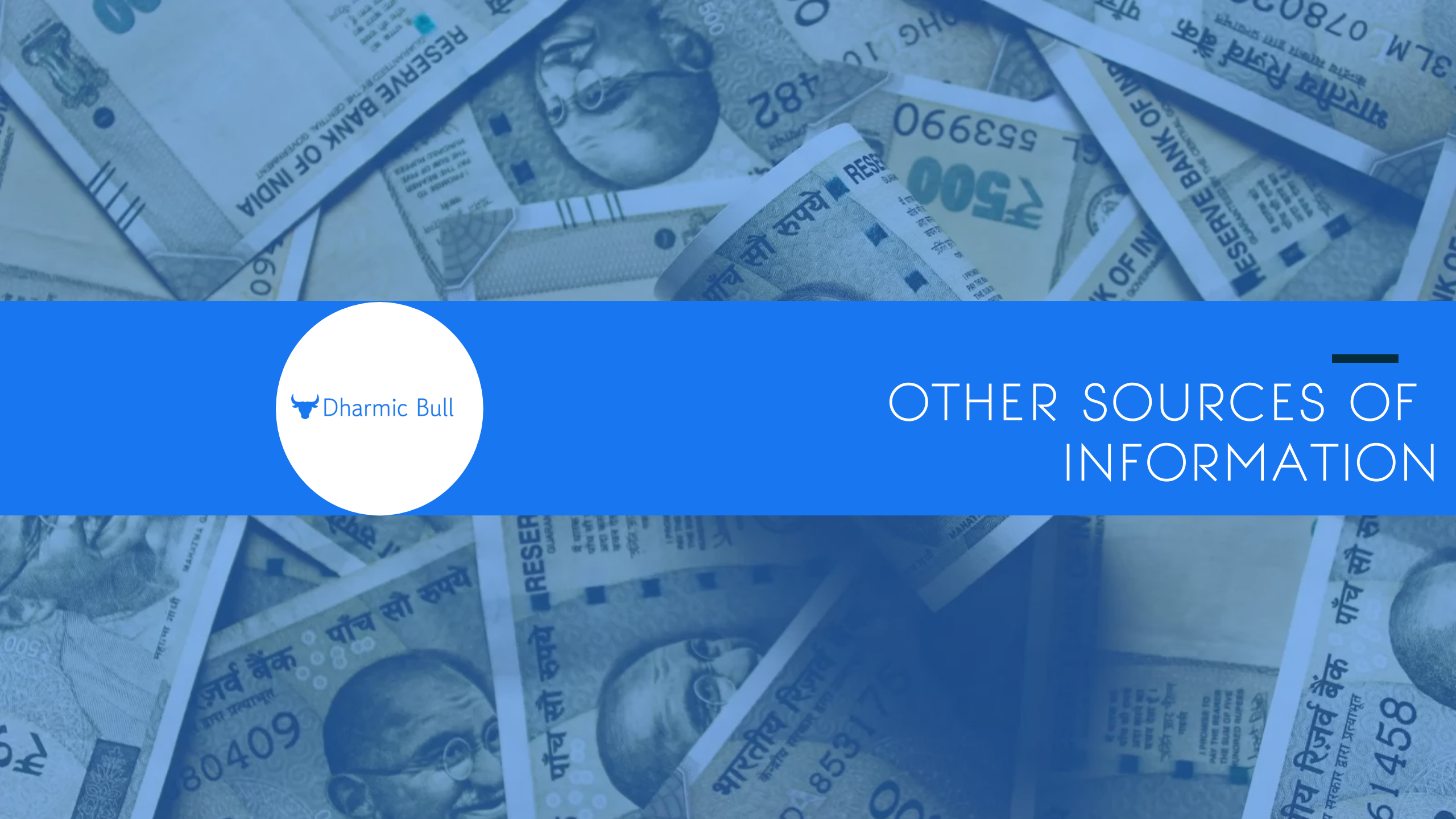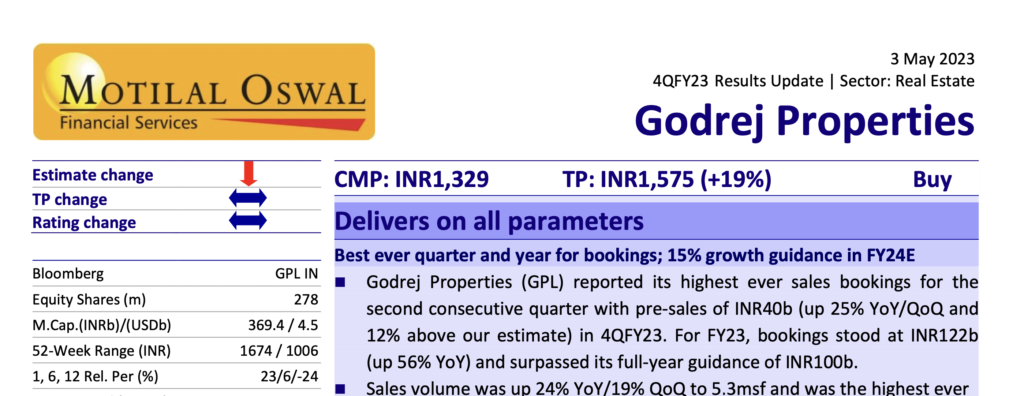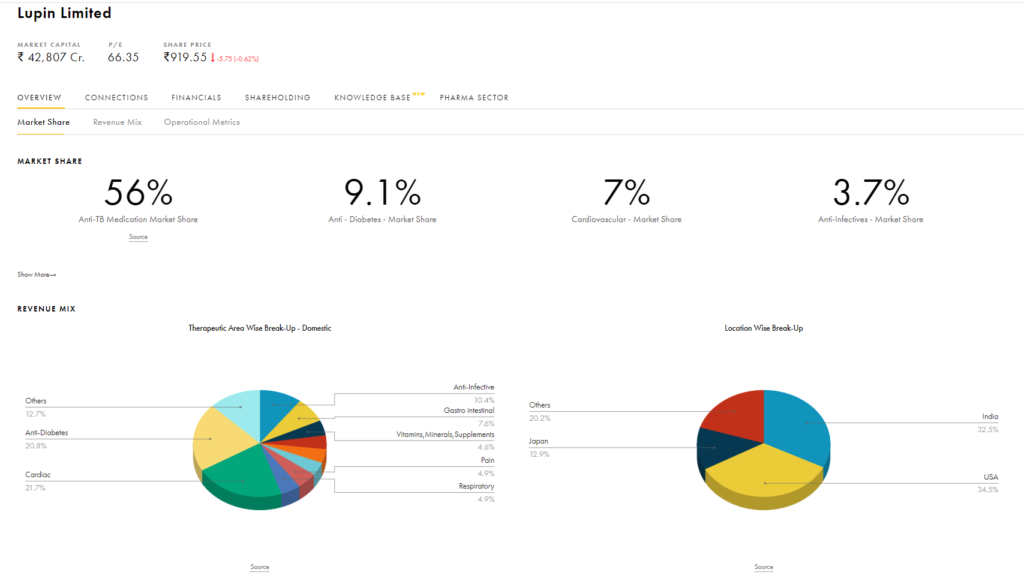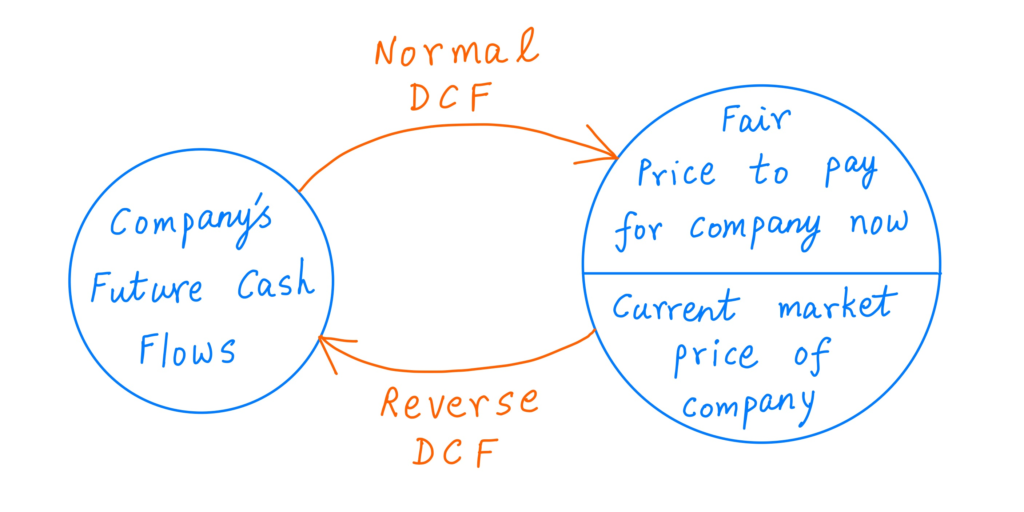
Investors need to constantly be in the search of information that can improve or break their stock thesis. This sounds easy given how connected our lives are but that’s what makes it more difficult – that we must filter out all the noise and follow the right signals. Here is where knowing verified, credible sources come into the picture – if the source is genuine, then the information is likely to be true. I’m going to share some sources that you can use to gather more data both quantitative and qualitative and take an informed decision:
- Credit Ratings

Credit rating reports are meant to highlight the debt servicing capabilities of the company. They contain an analysis of the company’s positioning within its industry and key drivers that would positively or negatively affect the company’s ability to pay its debts on time. It is in the company’s interest to have a good credit rating because then it can secure loans at a cheaper rate from the market than would have been possible if it had a bad rating. These reports are insightful in the sense that focus on the most important variables and leave out all the extra fluff, thus giving readers an accurate picture.
- Institutional reports

Various brokers, domestic and foreign institutions come up with reports about listed stocks, industries, impact of government policy on corporate profits, upcoming trends etc. They can be overwhelming because they contain a lot of information (most of which isn’t helpful because they contain predictions – some logical, some simple extrapolation while others which are just fantasies). It doesn’t make sense to read everything, and the smart investor must skim through the reports because every day he’ll find dozens of new ones and only focus on the important details that might catch his eye. Reading reports also gives us a sense of the consensus view and what according to the market is implied in the price. We should use this to our advantage.
- Scuttlebutt
This basically means going out and talking to different stakeholders to get a sort of inside account of the business. The stakeholders could be suppliers, customers, ex and current employees, distributors, industry representatives etc. These people have far more knowledge of what’s going on with the company and domain knowledge than an outsider. You can use them to verify or cross check the company’s tall claims with actual actions on the ground. Additionally, proper scuttlebutt can also alert you to winds of change in advance and this could be particularly useful.
- Concalls

These days a lot of companies as part of their shareholder outreach and accessibility initiatives hold conference calls with investors after every round of quarterly results. Even if you have a busy schedule and can’t join the calls to pose your questions or hear other investor’s queries, you should still take out time to at least read the concall transcripts or audio as and when they are released by the company. You might get some insight into the way the management thinks or be able to read between the lines and form an opinion about which direction the company is going in and the credibility of the management. Some of the questions in your mind may already have been answered in the concall.
- Global Competitors or Customers
I do not recommend this to those short on time because insights learned from commentary and performance review of global competitors or customers may not be very useful or even applicable to the company in the Indian context. For eg. a global customer talking about economic slowdown (which is negative) needs to be seen within the context of how valuable the customer is to our company and in terms profit % how exposed is the company to global headwinds. Similarly, if a global competitor is talking about expanding capacity or incorporating a new technology, we need to carefully evaluate the actual outcome on our company because it might so be that our country forms a very miniscule % of the global competitor’s sales so it may not be a focus or priority area for introduction of the technology. There might also be certain barriers like import duties which could prevent them from getting a ready advantage. So, you realize that there are a lot of details and context and not every investor has the bandwidth to handle this. I would only do this if I had time and certain degree of domain expertise.
The Financial community is very active on Twitter. There’s even a nickname for this industry called FinTwit and its global where you have investors from across the world sharing their knowledge, experiences, portfolio positions, thoughts etc. Unfortunately, as easy as it is to sign up and start following some of these influencers, the way tweets are organized, the knowledge shared is very unstructured in my opinion and those without experience may not be able to grasp the deeper meaning of certain concepts. Still it’s a great place to meet like-minded individuals and exchange thoughts on the market.
- Magazines
Various magazines and online portals like Wealth Insight, Money Life, Dalal Street, Money Control etc, can be good sources of information. However, bear in mind, if news about a company appears in this magazine, then there is a very high likelihood, that the company has already been ‘discovered’ by institutions and big money has already been made. By the time, you’ve read the news, big money has already done most of their buying. You can still follow the magazines advice (some of which can be very good) but be prepared to be patient and hold the stocks for the long term to have any chance of getting good returns.
You can set Google News alerts which inform you whenever a stock of interest is mentioned in the news for any reason whatsoever. If the company wins an award – you’ll get to know it, if there’s a fire in the company’s plant – you’ll get to know it, if there are some rumors (however baseless they may be) of something wrong going on – you’ll get to know it. You’ll have to do a lot of filtering, but you won’t lack information access from a diverse range of sources which Google deems worthy.
This is one of the best Indian online forums dedicated to the stock market. They have a lot of active users who can help uncover the details and better understand a company’s potential. I personally use it to get a summary on some stocks that I’m researching and check if some other members have more information about it than I do. It’s also a great place to discover new stocks and learn their pros and cons.
Useful tools:

Both websites are great tools to analyse all the listed companies. They not only present a decade’s worth of financial data but you can also use their ready-made ratios or build your own custom one to filter companies based on certain parameters which you deem significant. These platforms also are a rich repository of corporate action details. They are connected to the exchanges and upload all corporate action news about stocks in real time. So for a stock on your radar, you’ll never miss a capex announcement, insider acquisition/selling, bonus issue etc. Even if you don’t visit them every day, you’ll simply get an email with all the latest updates. Tijori goes a step further and provides certain industry specific information like monthly price movement of chemicals and other raw materials which could be very useful for traders. I personally use these services to research and find new stocks and value them.
- Reverse DCF spreadsheet

Reverse DCF was discussed in the ‘Valuation : Quantitative Methods blog. I use it to value companies and understand what’s implied the price. I would keep it at 12% for small cap riskier stocks and 10% for safer proven large caps. Let me know in the comments section if you have any questions or suggestions.
- Intrinsic Growth
ROIIC metric was discussed in the Accounting ratios blog. Investors should always buy high ROIIC companies. Even if the entry price is very high, because of high ROIIC you’ll still get very good returns if you hold the stock for the long term. You can get the financial data from Screener and Tijori websites. The goal is to help you determine 2 key variables: the reinvestment % and ROIIC %. When you multiply them, the result is the company’s intrinsic growth rate. Intrinsic growth is how the company has fundamentally evolved and become better over the years. This is important because it also has the following implications:
- If the 5-10 year stock price return has been significantly more than its intrinsic growth rate then there has been significant PE rerating. You need to evaluate if this rerating will sustain and/or is there further scope of PE expansion?
- If the 5-10 year stock price return has been significantly less than its intrinsic growth rate then there has been significant PE derating and/or suspicion amongst institutional investors about the credibility of the company’s reported numbers. This is a red flag and you need to do a proper analysis to understand why the stock return has lagged the intrinsic growth rate – is this a temporary bear market phenomenon or is there more to the story?
20 years ago, there was information scarcity and today there is information overload. Due to democratization of internet and ease of access, it’s very easy to get misled and overwhelmed with the volume of information (often contradictory) available to us. Herein, lies the skill in filtering junk and separating the wheat from the chaff. On social media, it appears as if every person has an opinion about everything, hence it makes sense to prioritize sane voices and even then listen to them with a sense of skepticism (as we can never fully know their biases). One cannot become a great investor in a day and it is a journey of decades because you slowly learn to focus on the right things by picking up signals, recognising patterns, puncturing biased information, and taking action at the right time.

Leave a Reply